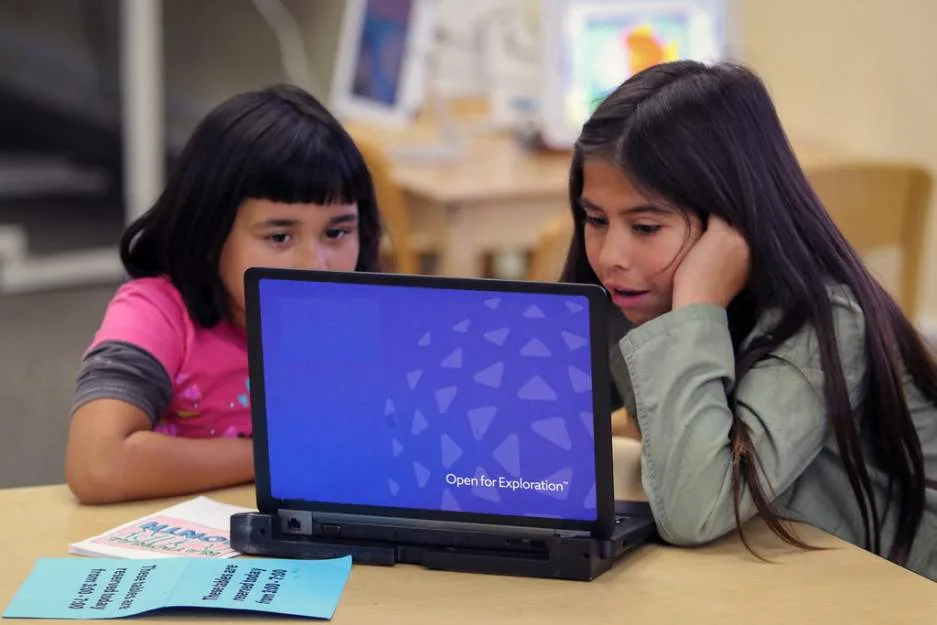Millions of children had their online behaviours and personal information tracked by the apps and websites they used for school during the pandemic, according to an international investigation that raises concerns about the impact remote learning had on children’s privacy online.
Human Rights Watch, an international advocacy organisation, this week published the findings of an investigation conducted from March 2021 to August 2021 that looked into the educational services, including online learning tools, used by students
The report was released simultaneously with publications by media organizations around the world that had early access to the Human Rights Watch findings and engaged in an independent collaborative investigation.
Online virtual learning tools were recommended by school districts and offered interactive math and reading lessons for children as young as preschool. But many of them also collected information about students and shared it with marketers and data brokers, who could then create data profiles used to target children with advertisements that follow them around the internet.
Of the 164 products reviewed across 49 countries, Human Rights Watch found 146 (89%) appeared to engage in data practices that “risked or infringed on children’s rights.”
What researchers found was alarming: Nearly 90% of the educational tools were designed to send the collected information to advertising technology companies, which could use it to estimate students’ interests and predict what they might want to buy.
Researchers said, the websites shared users’ data with online ad giants including Facebook and Google. They also requested access to students’ cameras, contacts or locations,
Most online learning platforms sent or granted access to children’s data to advertising technology (AdTech) companies. In doing so, some EdTech products targeted children with behavioural advertising.
By using children’s data – extracted from educational settings – to target them with personalised content and advertisements that follow them across the internet, these companies not only distorted children’s online experiences, but also risked influencing their opinions and beliefs at a time
An investigation acknowledged that it could not determine exactly what student data would have been collected during real-world use. But the study did reveal how the software was designed to work, what data it had been programmed to seek access to, and where that data would have been sent.







